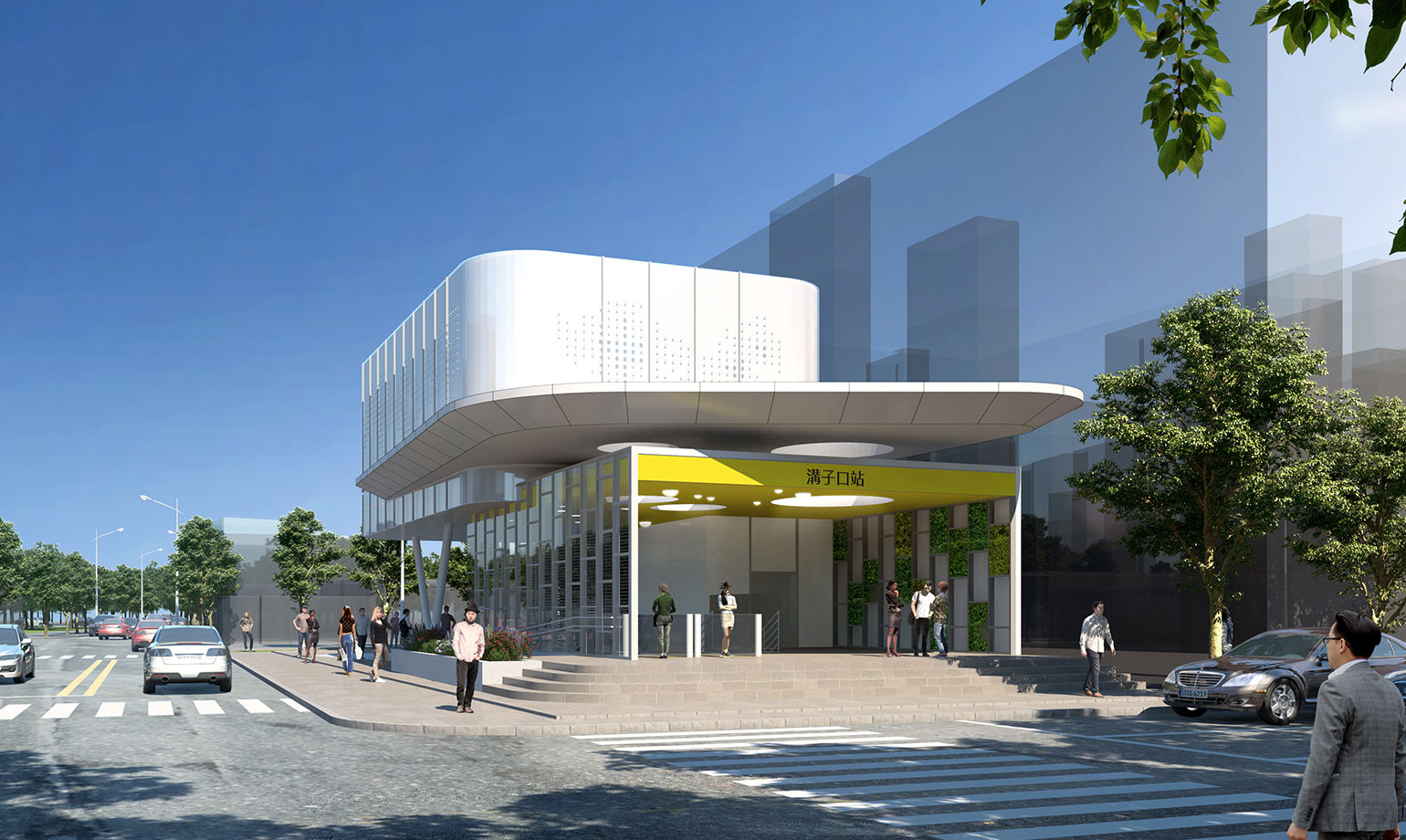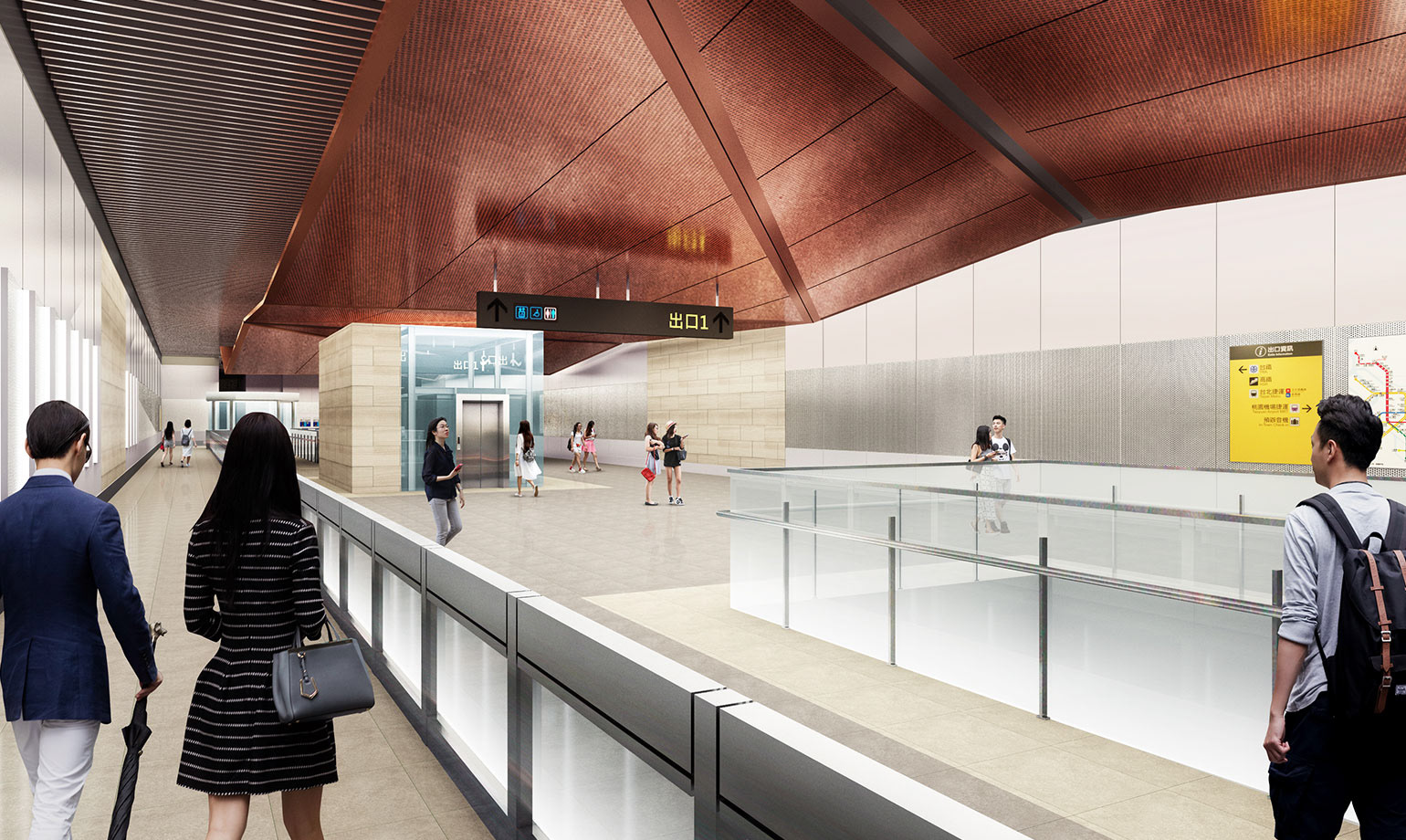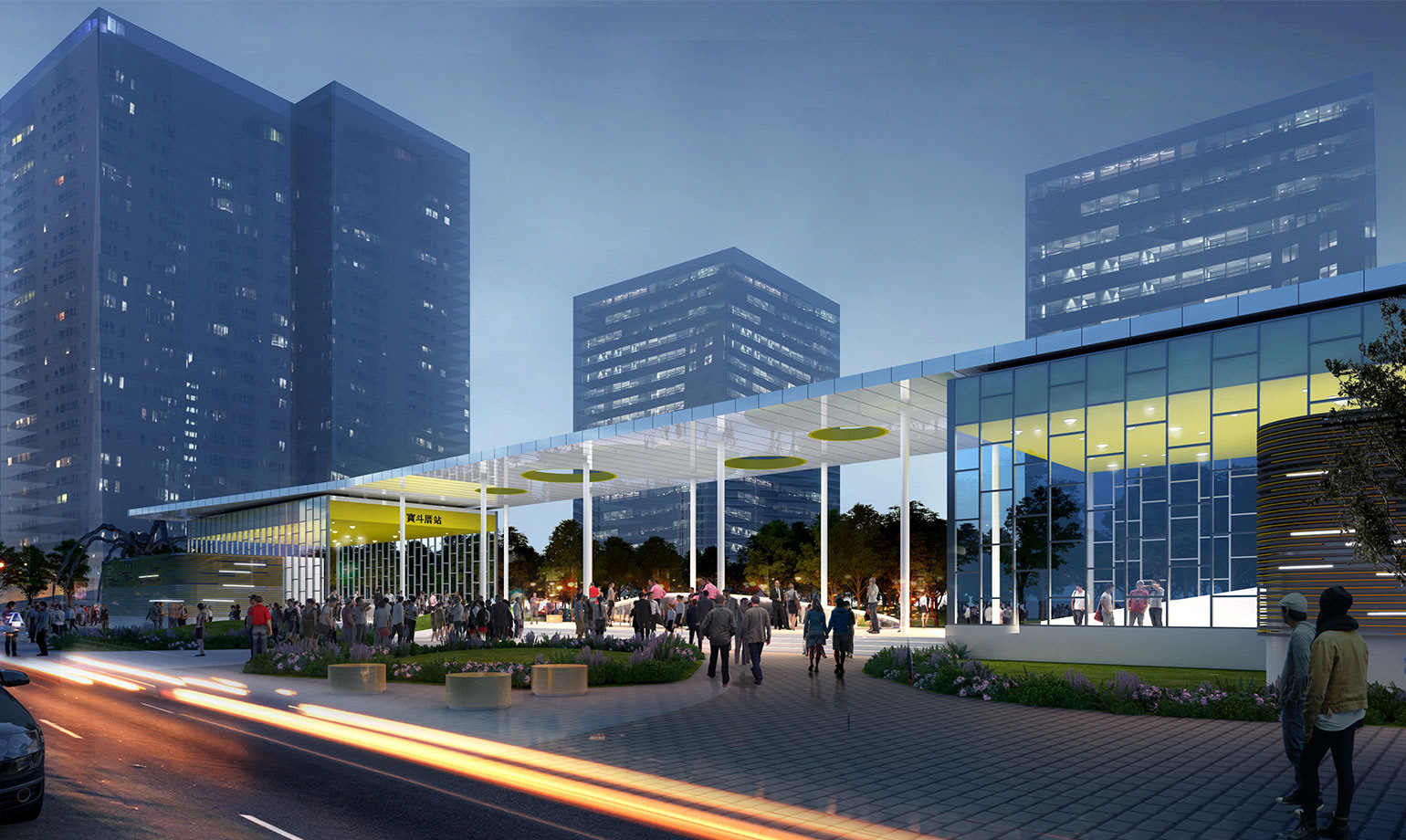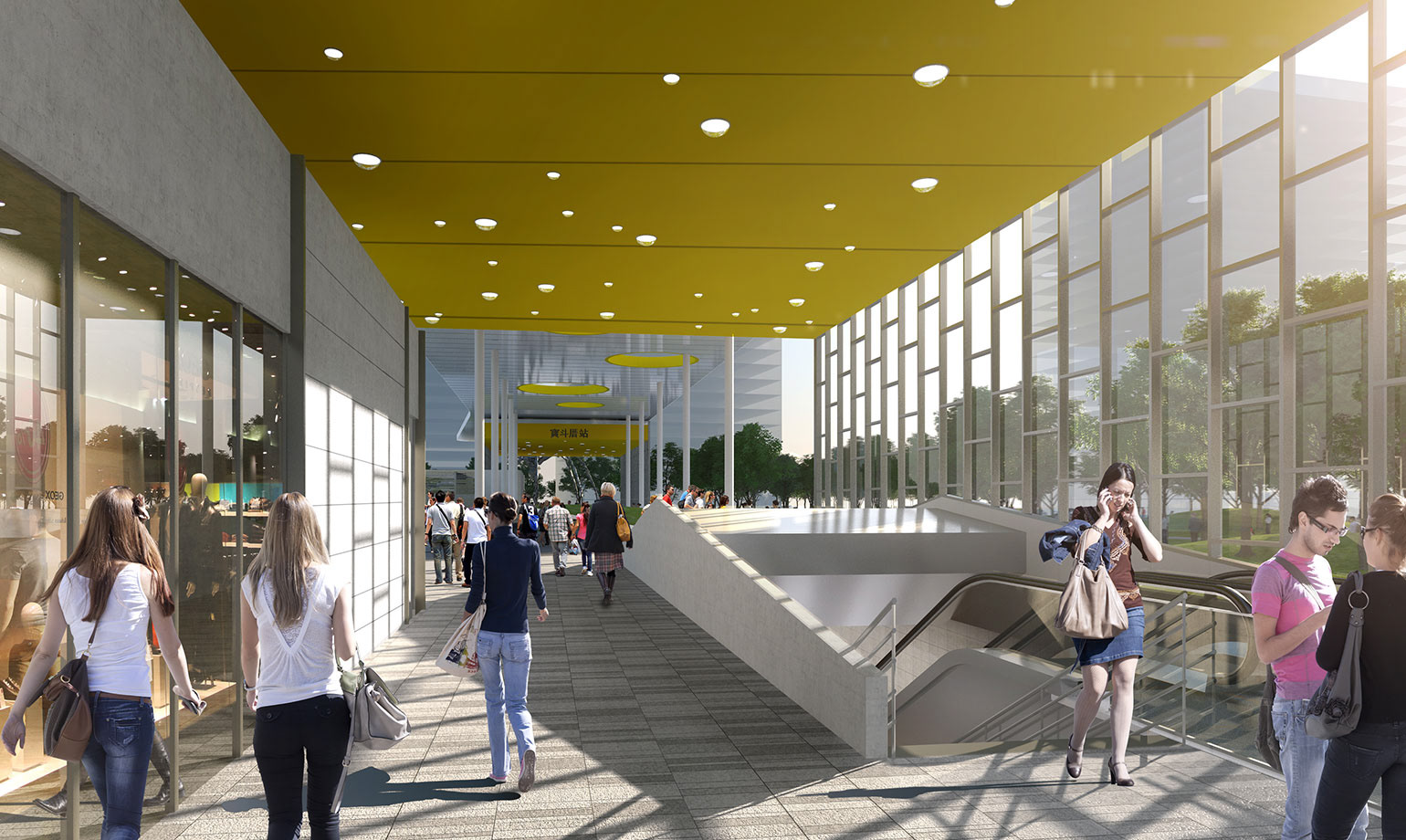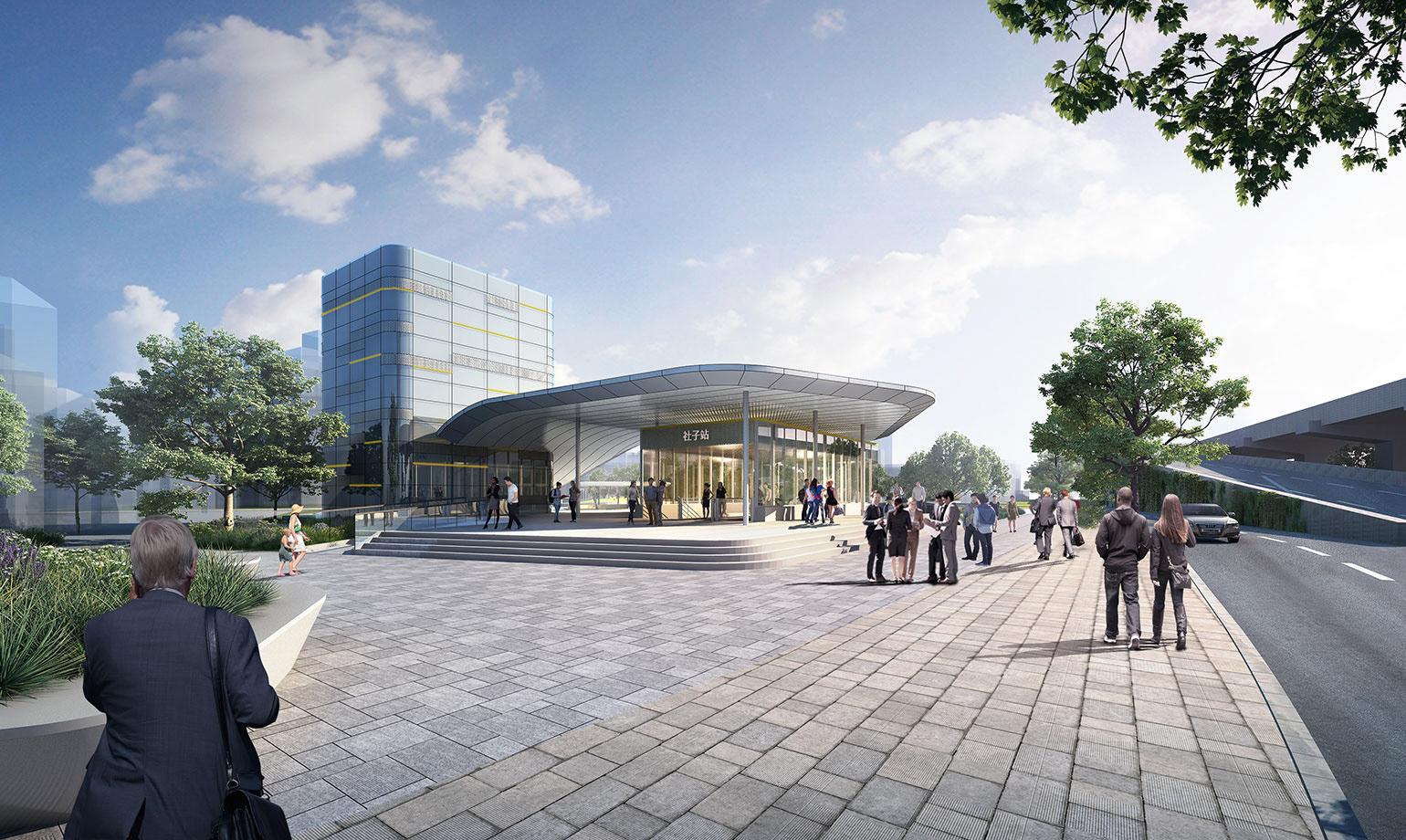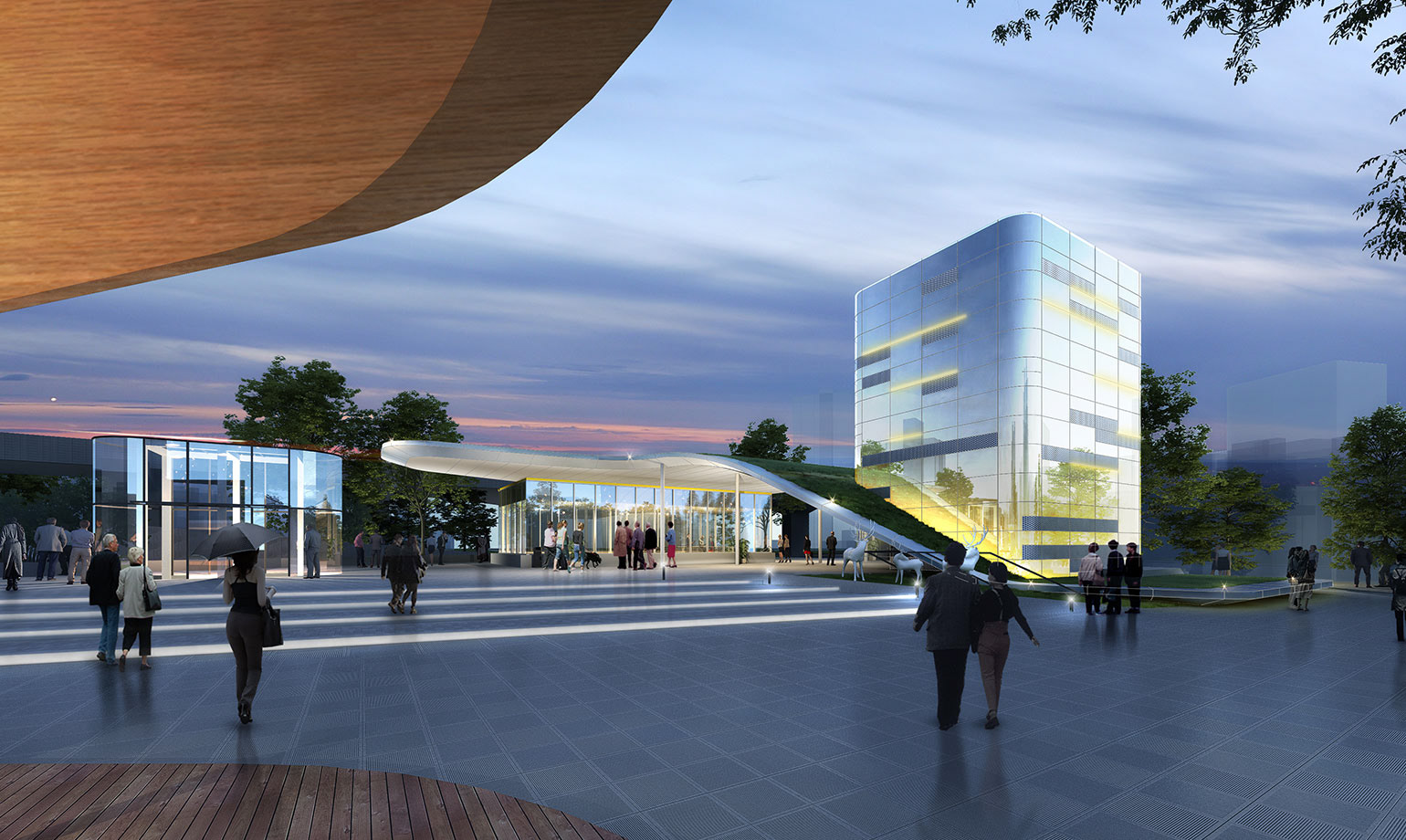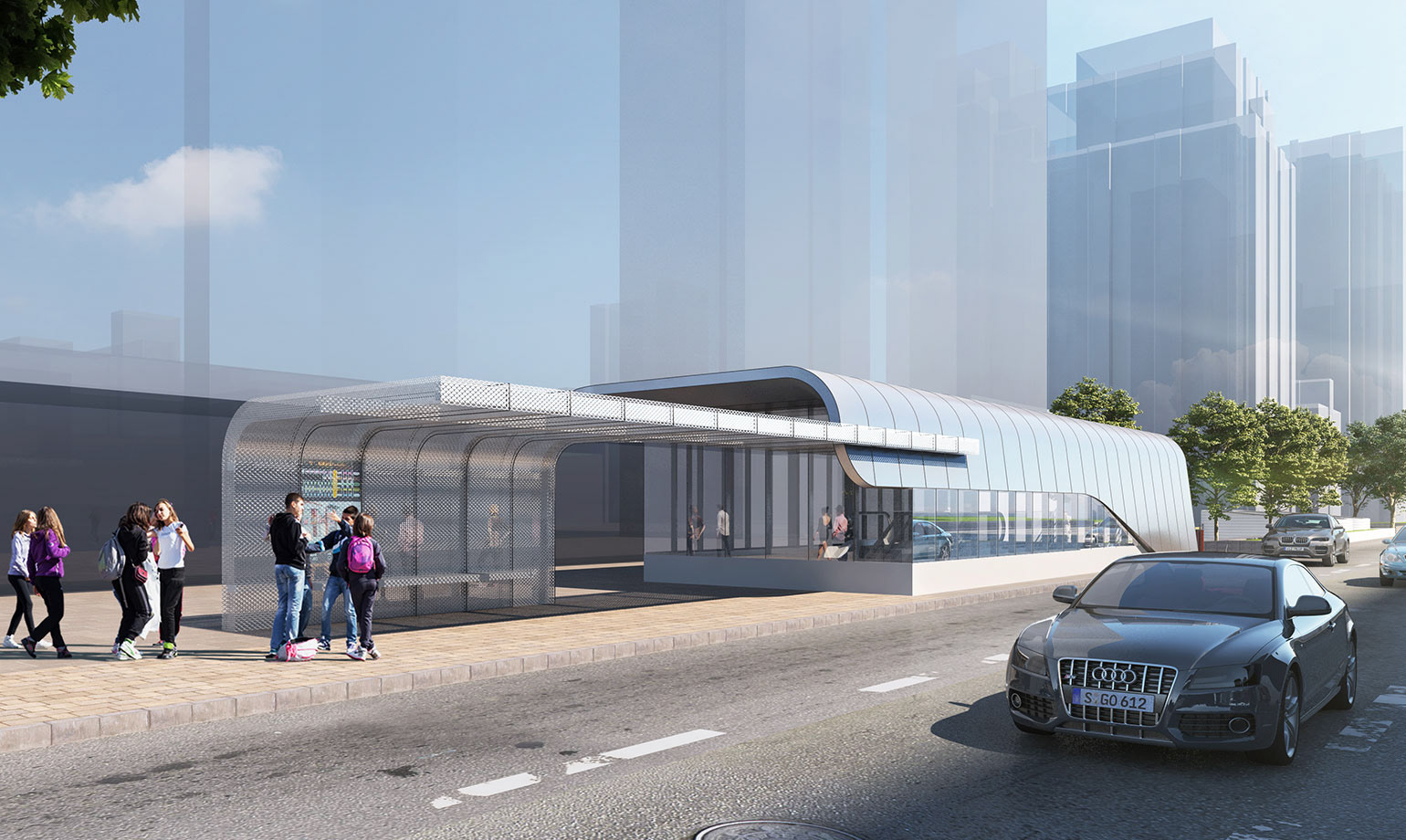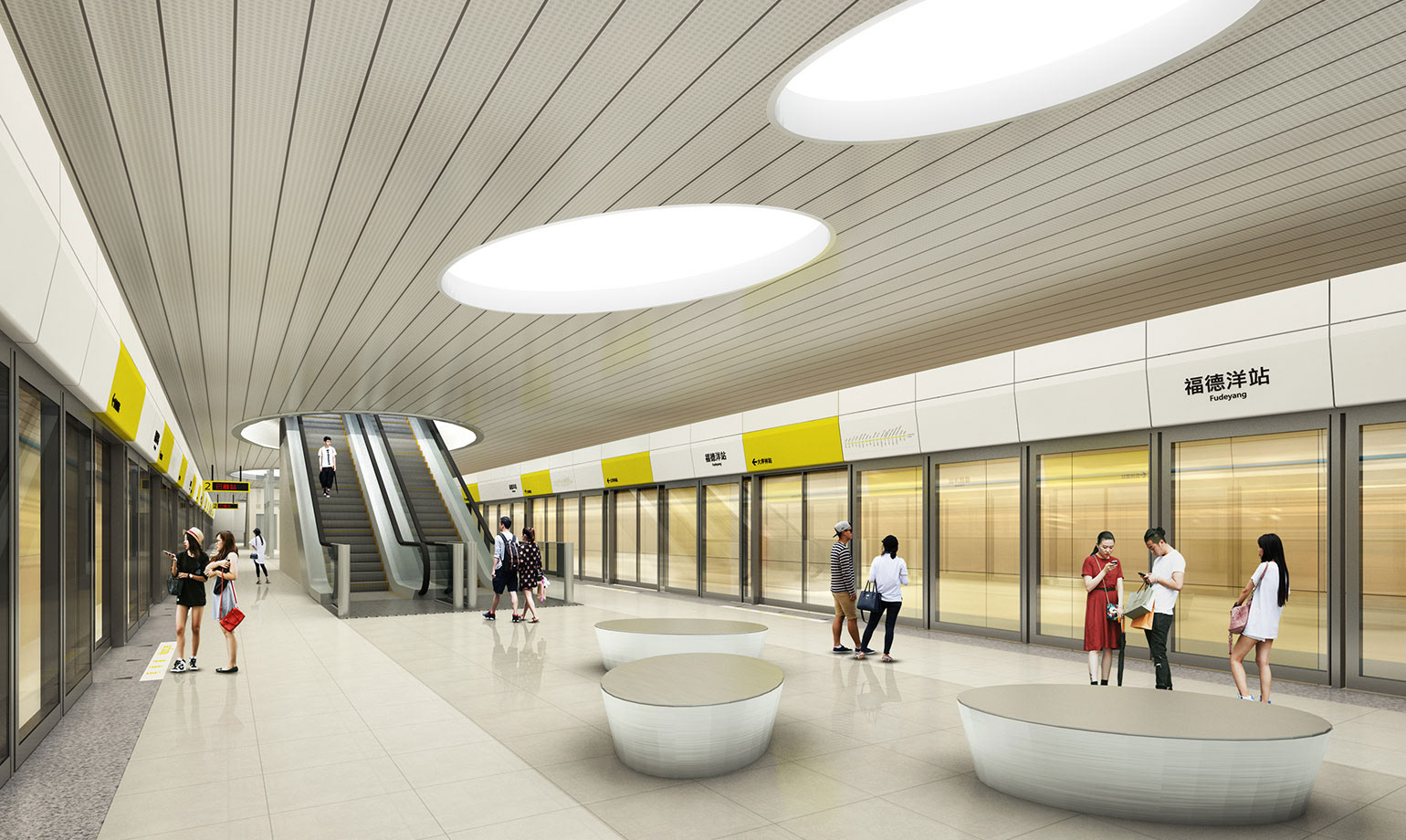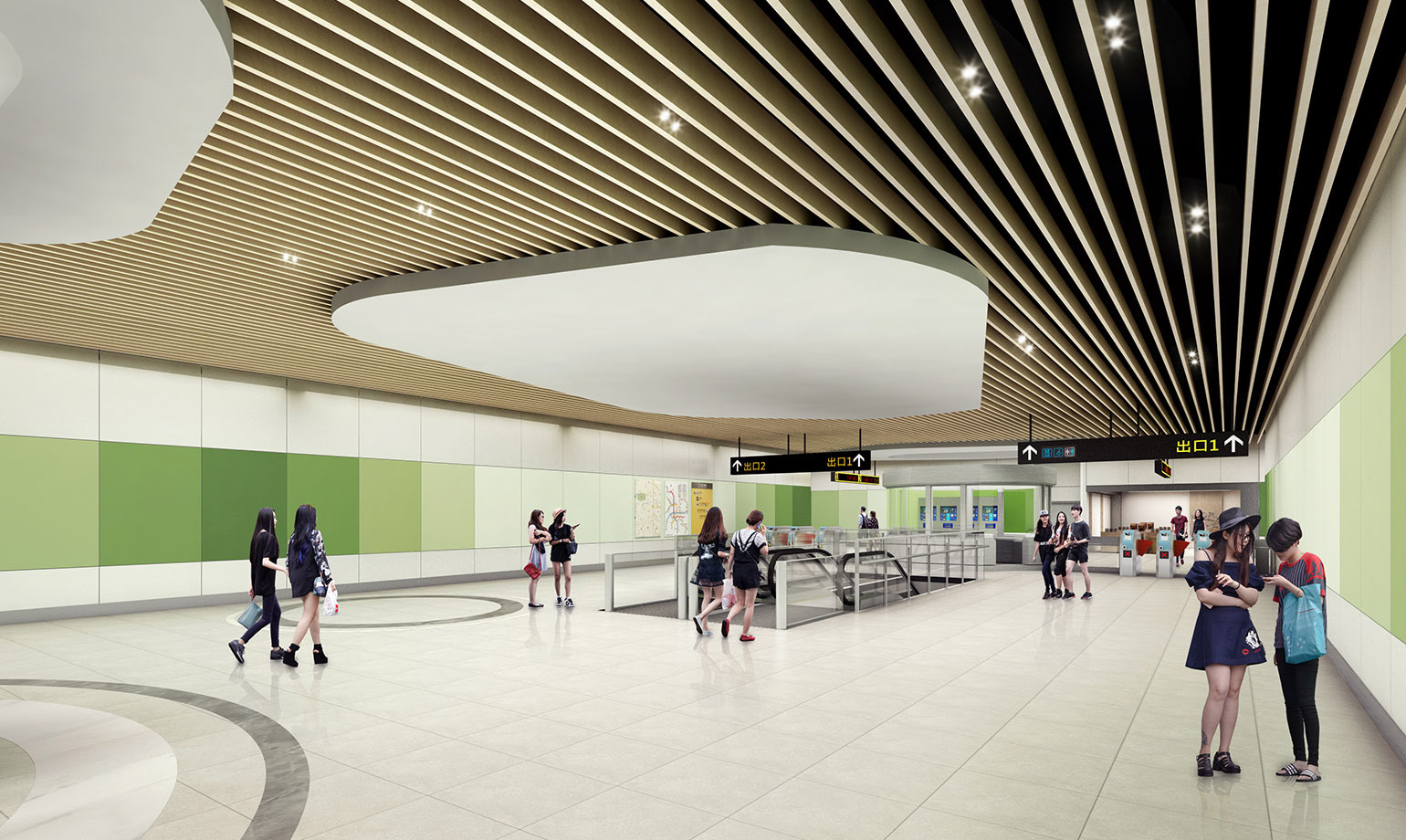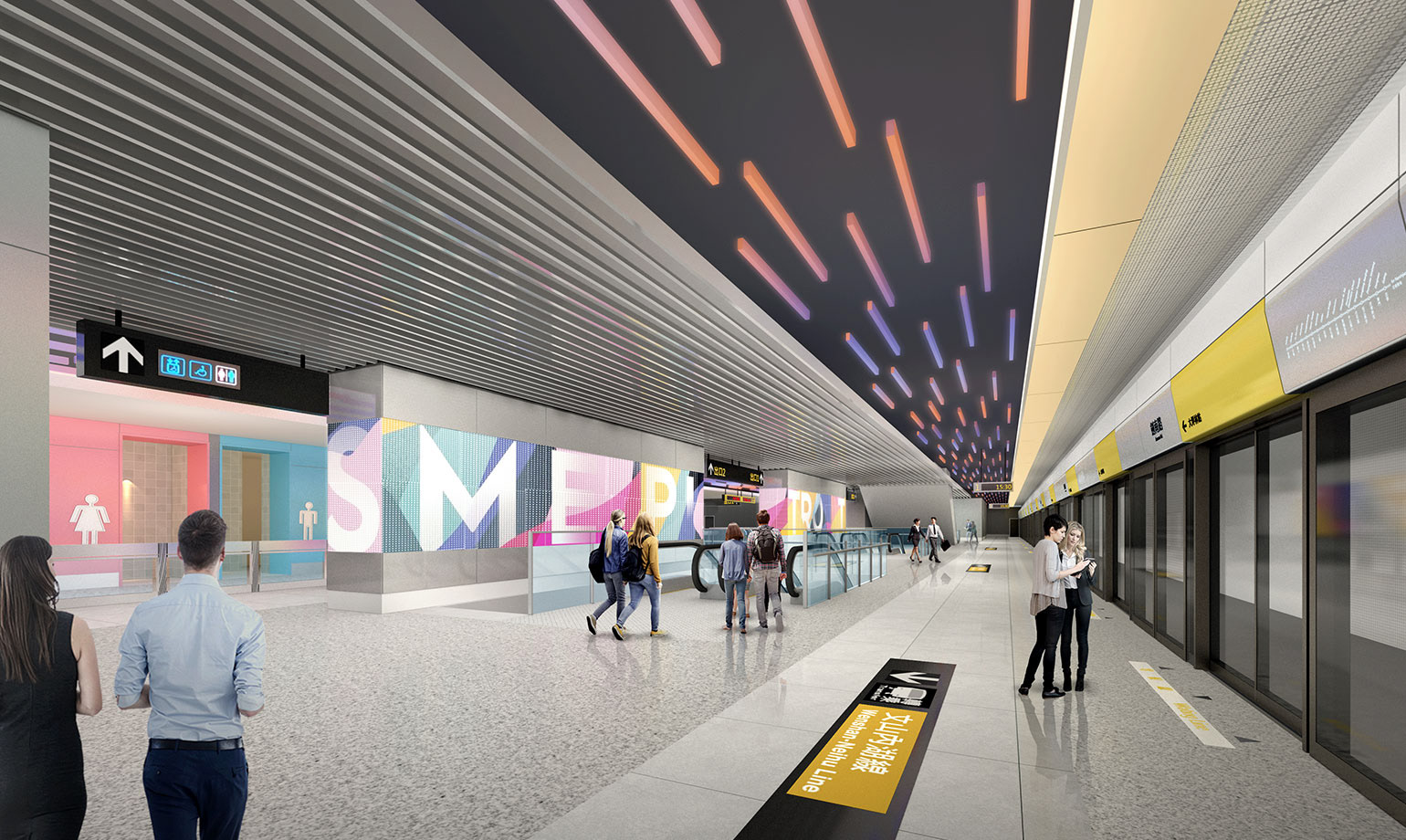How are underground metro stations providing natural experiences to passengers in Taipei?
Like other Asian cities, Taipei launched its public transit system in the 19th century and has since established a fully functional metro system. By 2007, Taipei's metro transit system consisted of seven routes with 69 stations. However, like all major urban cities, Taipei faces serious issues such as traffic congestion, automobile dependence, and automobile emissions, adversely affecting the quality of life and travel. To address these problems, many cities invest heavily in expanding and developing new public transportation systems (Golias, 2002). Among all the cities in Taiwan, Taipei boasts a fully internationalized and well-equipped metro system. Taipei MRT Company aims to attract more inbound visitors by providing better experiences and implementing various marketing strategies to increase the allure of MRT tourism. As a result, the North and South Sections of the Taipei MRT Circular Line play a critical role in connecting the "Line" network, allowing people to travel more efficiently throughout the city and reducing congestion on the mainline system.
The Circular Line employs the design strategy of the "Ring" to connect all of the primary metro lines in Taipei City and merge smoothly with the river and landscape. To minimize the impact of construction, the process is divided into four phases, and potential areas are identified. The goal is to extend the city core to underdeveloped regions, making reaching and connecting each station easier while increasing transportation options.
The North and South Sections of the Taipei MRT Circular Line consist of ten stations: the National Chengchi University Station, Wenshan District Office Station, Maokong Station, Gouzihkou Station, Baodou Station, Shezi Station, Fudeyang Station, Shilin Station, Linzikou Station, and Jiannan Station. The line passes through cultural and administrative districts, as well as residential and commercial areas, and connects each region through the MRT, creating new opportunities for a vibrant city.
The station design concept incorporates the idea of "rippling" arcs, with each station serving as the core of the city center. The expanding water ripples extend activities, allowing nature to rise from the station's body while simultaneously connecting cultures between stations. The design strategy employs flowing arcs to differentiate the station roof from the geometric forms found in the city, creating station identification. The use of reflective materials on the folded ceiling design allows natural light to enter the interior, connecting the inside space with nature. The transparent material and lighting elements soften the rigid mass elements, becoming the focal point of urban gathering. The extended platform space can accommodate the activities of the surrounding environment.



